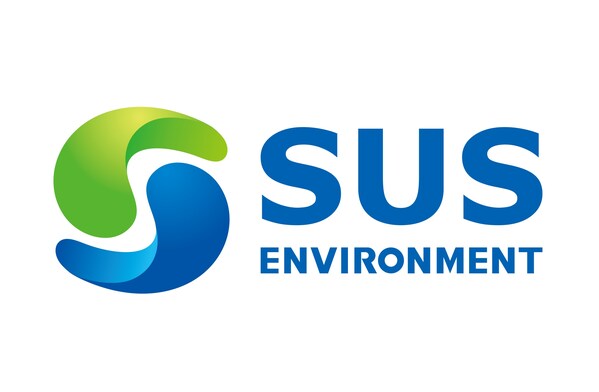
, /PRNewswire/ -- The economic structure of Kashkadarya region, which relies on agriculture and resource-intensive industries, exerts significant pressure on the environment. The population of Samarkand region continues to grow, exceeding 2.8 million. Environmental issues caused by solid waste management are increasingly prominent in both regions.
Waste-to-energy has emerged as a key solution to local environmental challenges. As a global leader in waste-to-energy, SUS ENVIRONMENT has provided environmental and energy services to over 100 million people, establishing offices in 11 countries and regions worldwide.
Uzbekistan has come to agreement with SUS ENVIRONMENT to invest and build WtE projects in both Samarkand and Kashkadarya. Each project is designed with a capacity of 1,500 tons per day. Upon completion, they will provide comprehensive solid waste management and environmental services for 8 million local residents, generating up to 600 million Kilowatt-hour of green electricity annually. The construction and operation of these plants are expected to create 1,000 local jobs.
The Samarkand and Kashkadarya WtE projects will significantly improve local solid waste management and support Uzbekistan's sustainable development.
Get the latest news
delivered to your inbox
Sign up for The Manila Times newsletters
By signing up with an email address, I acknowledge that I have read and agree to the Terms of Service and Privacy Policy.
About SUS ENVIRONMENT
SUS ENVIRONMENT is the world's largest provider of waste incineration equipment and technology, as well as one of the top three investors and operators of waste-to-energy projects (low-carbon Eco-industrial parks) globally.
As of December 2024, SUS ENVIRONMENT has established 11 management centers worldwide, providing environmental and energy services to over 100 million people. It has invested in and constructed 89 waste-to-energy projects (low-carbon Eco-industrial parks), with a daily processing capacity nearly 120,000 tons of municipal solid waste and annual green power generation of approximately 18,000 GWh. Its equipment and technology are applied in 287 waste-to-energy plants across the world, comprising 532 incineration lines, with a daily capacity over 300,000 tons of municipal solid waste.
* Data from the Open Data of AVP Research (Total Design Scale)

 3 hours ago
2
3 hours ago
2




